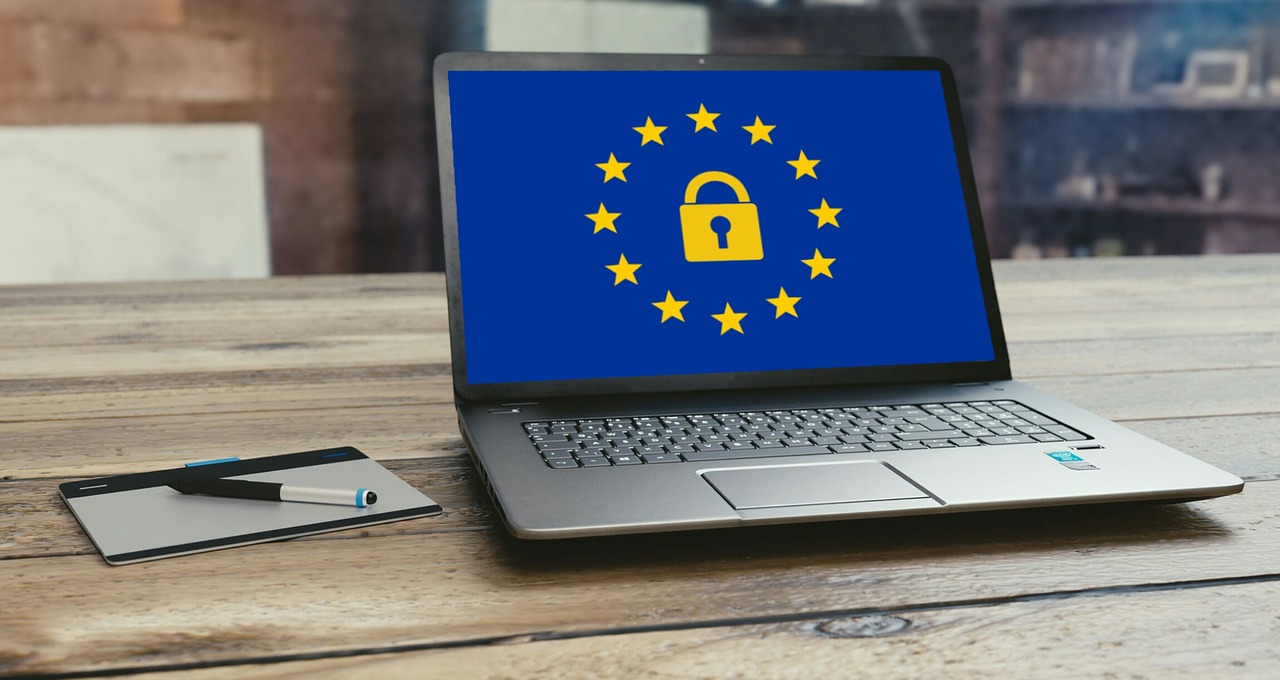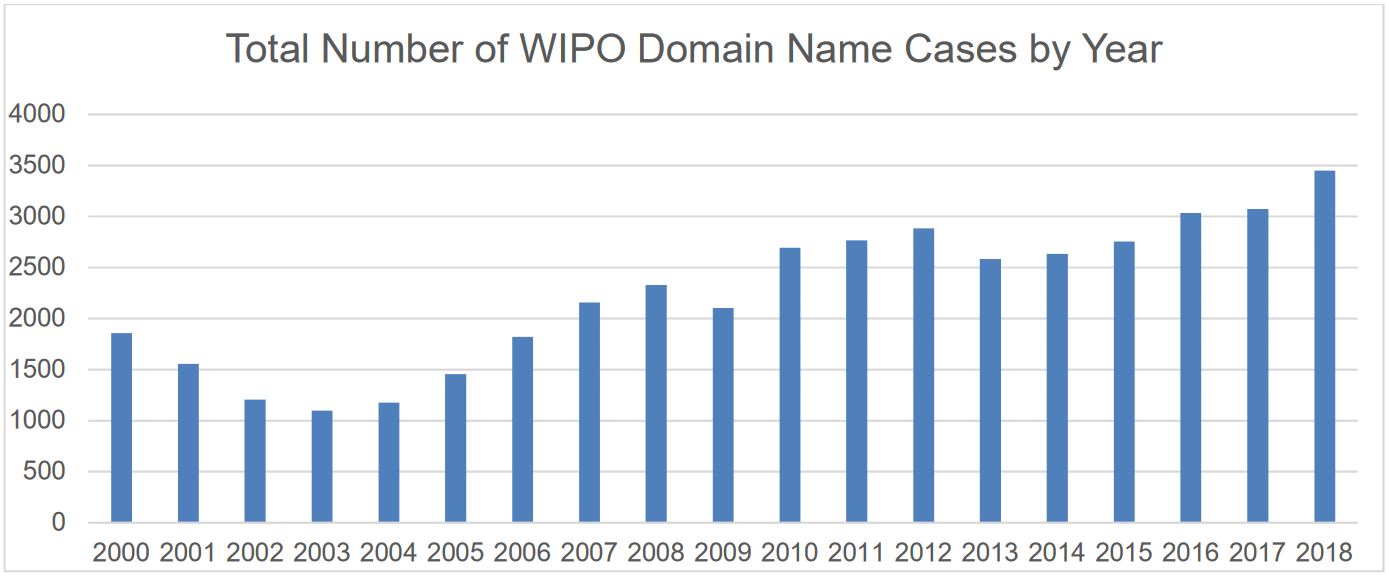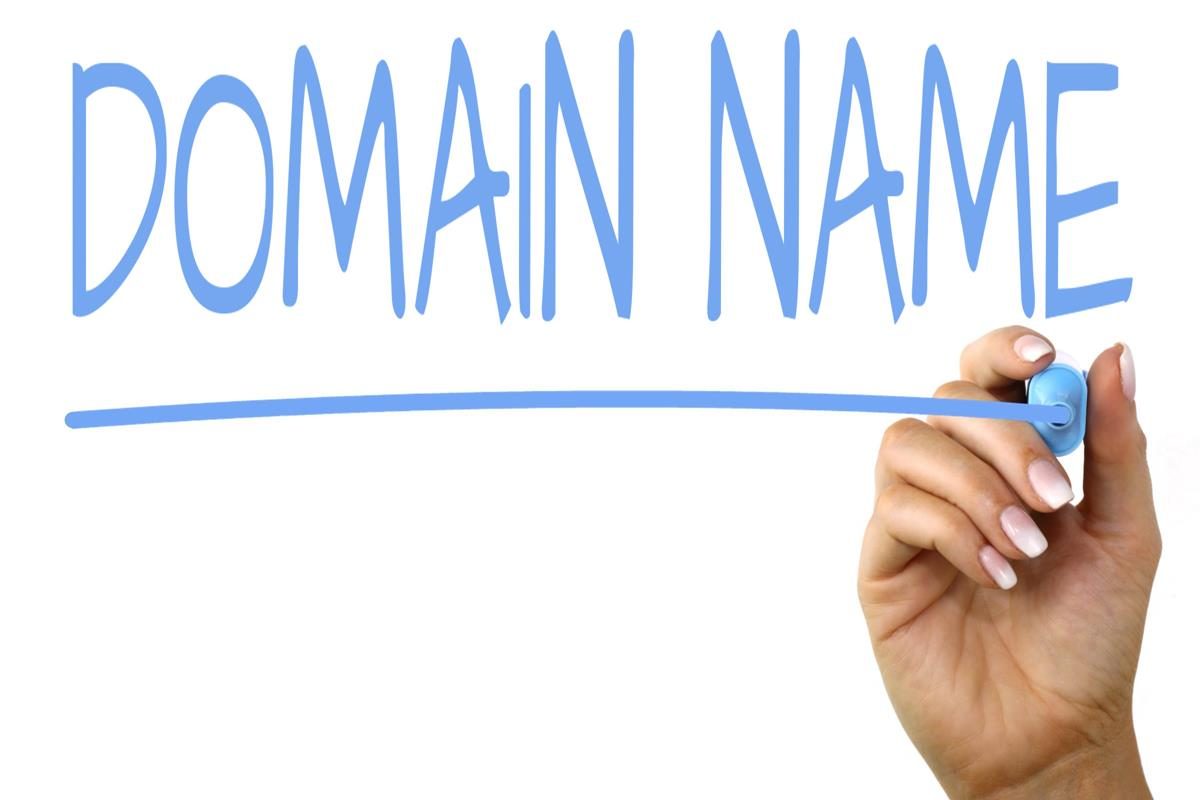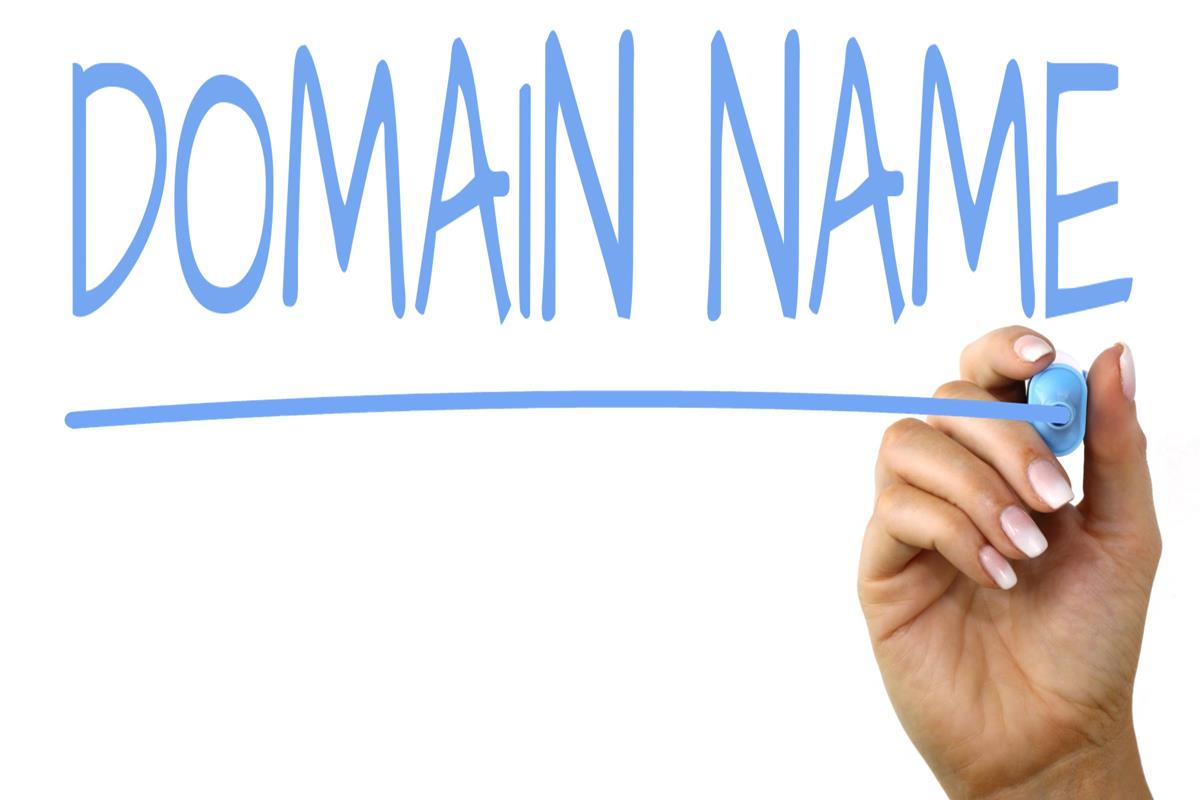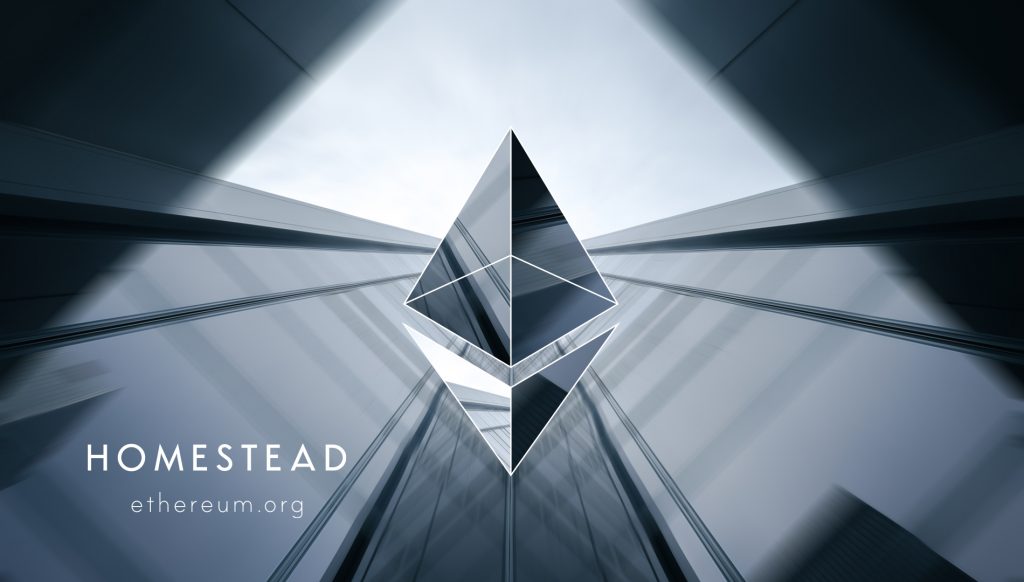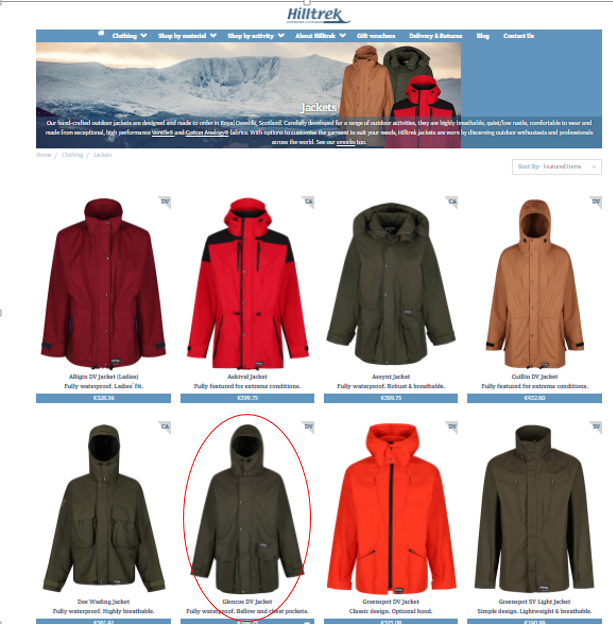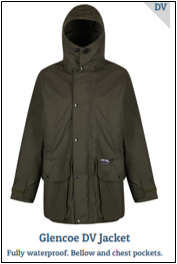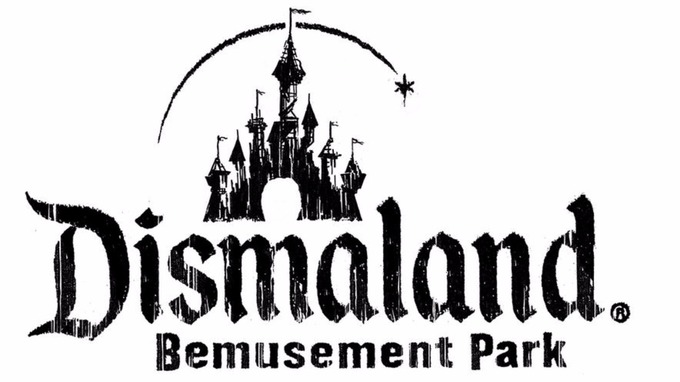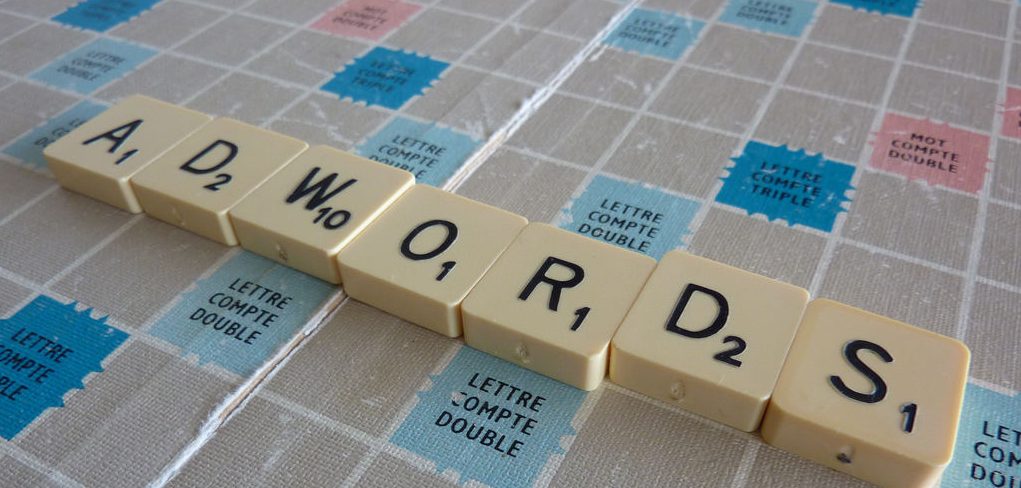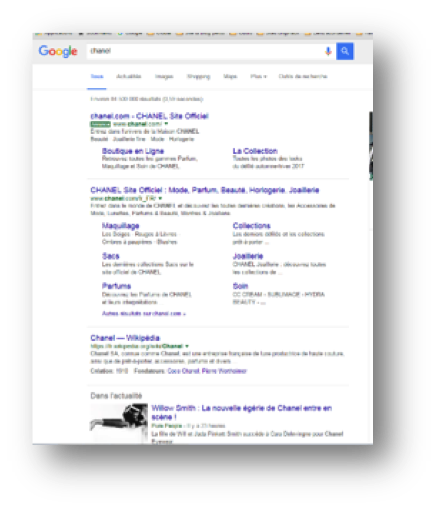
In 2012, ICANN received 643 applications for restricted use generic Top Level Domains extensions by brand owners. Recently, a surprising proportion of these, so called, .BRAND applications have been withdrawn, often resulting in the loss of the entire application fee ($185,000).
Why have these brand owners taken the decision to relinquish control over their very own piece of the Internet infrastructure? Is this a tactical response to a strategic direction or are they simply lacking the ideas and domain name registry experience to make the most of this investment? Jean-Francois Vanden Eynde, head of registry services at Nameshield investigates.
It is important to acclimatise the internet public to the use of the new .BRAND extensions since little has been done by ICANN to promote the overall new gTLD concept
The new generic Top Level Domain (gTLD) program has been a long time coming. And, from late 2013 onwards, new domain extensions have been live on the Internet, going largely unnoticed by the general public. At the time of writing, 548 new domain extensions have been delegated (the domain extension resolves in the root zone of the internet and is therefore live), only 96 of these are .BRAND applications, but these already include some well-known brands such as .cartier, .marriott, .nissan, .bnpparisbas and .bbc.
Note: When a domain extension is delegated it must immediately host a website on nic.extension (e.g. try typing nic.cartier or nic.marriott into the address bar of a web-browser).
Of the 643 .BRAND applications 56 have already been withdrawn by brand owners including some household names such as Amazon, General Motors (.chevy), Bloomingdales, Hasbro International Inc. (.transformers) and ProMark Brands Inc. (.Heinz and .Ketchup). It is expected that a greater number of .BRAND applicants will withdraw before the program reaches its conclusion, but what reasons do Brand owners have for turning their backs on an investment that runs into hundreds of thousands of dollars?
While, in the application phase, there was no shortage of experts offering to write a new gTLD application on behalf of a brand owner, those same experts seem to disappear when it comes to the implementation phase.
1. Competitive advantage mitigation
It was a well known fact, that often went unmentioned, that some brand owners applied for New gTLDs simply to ensure that their competition did not have a clear run at the domain extension and thereby gain competitive advantage.
If the completion does not apply and, despite being the applicant, you do not want to use the domain extension yourself, then an early withdrawal will reduce your losses and ensure that none of your competitors get to use the domain extension unless they apply for it in a future round. This type of strategy has been used by a number of brand owners in particular for generic terms.
2. Prevailing objections
During the application process, there was a period where those who had a grievance against an application could file an objection on one of four grounds. If the objector prevailed against the applicant then the application would have to be withdrawn.
For example, Ralph Lauren was forced to withdraw its application for .polo after an objection from the United States Polo Association, Inc. despite having well established trademarks for the term.
There are, in fact, very few people in the world who actually have the experience to implement and run a gTLD registry. This lack of know-how can make some companies revisit their original ‘green light’ decision.
They say that the only constant is change and its safe to say that nowadays corporations change their strategic direction and their personnel with alarming rapidity.
If key supporters of a company’s new gTLD program leave the business then it can quickly lead to the failure of a .BRAND particularly if this happens at the very top.
4. Lack of experience
One of the things that has become clear as the new gTLD program has unfolded is that, while in the application phase there was no shortage of experts offering to write a new gTLD application on behalf of a brand owner, those same experts seem to disappear when it comes to the implementation phase.
There are, in fact, very few people in the world who actually have the experience of implementing and running a gTLD registry. This lack of know-how can make some companies revisit their original decision.
5. Lack of need
Many .BRAND gTLDs will have been applied for defensive reasons without the brand owner considering the use to which a .BRAND new gTLD might be put. Since a new gTLD is really an intangible asset that involves a considerable on-going investment to maintain, it is understandable that some companies may reconsider the need for their own .BRAND gTLD.
6. Lack of ideas
For those of us that have worked in the domain name industry for a while, the idea of owning a piece of internet infrastructure to do with what you will has a considerable attraction. That is because Internet infrastructure is our business. For most brand owners, it is not. While there are few enough people on the planet that understand how to implement and run a gTLD registry, there are even fewer who know how to align a registry to support the needs of a single brand. Similarly, those who understand the needs of the brand usually do not fully understand how a .BRAND gTLD can help them realise corporate strategy.
What is noticeable by its absence is that to date very few of the .BRAND gTLDs, that have been delegated, are actually being used in anger in marketing messages, email or in fact online. The thing that will change this industry and bring us out of the .com era and into the “age of .anything” is for .BRAND tlds to actually start using their unique internet assets. Imagine what will happen when Nike starts using its .NIKE gTLD in television advertising or McDonalds starts putting its .MCD web-addresses on all of its collateral.
Before unleashing a new gTLD, brand owners must make sure that existing marketing campaigns, message infrastructure and website traffic and, above all, revenues are not adversely affected.
Less .haste more .speed
Unlike open registries, whose domain names are available to anyone, a .BRAND registry is under much less commercial pressure to launch. This is one of the principal reasons that the world is yet to see much movement in the .BRAND gTLD space. Another potential reason is that many .BRAND owners seem to view delegation as the end of something rather than the beginning of a new internet era for them.
Before unleashing a new gTLD, brand owners must make sure that existing marketing campaigns, message infrastructure and website traffic and, above all, revenues are not adversely affected. For a multinational brand there is a whole host of internal matters to address, including internal education programs, marketing style guides, email addresses and footers and effect on corporate culture.
Some brand owners may consider that this considerable upheaval is not worth the effort at this stage and may continue to use and promote their existing domain name infrastructure for some time to come.
However, brand owners should not dismiss, through lack of understanding, the long-term benefits that a new gTLD infrastructure can bring to their business. Certainly, careful consideration should be given to maximising the use, to which their new online intellectual property asset can be put.
It’s better to .Use it! don’t .Lose it!
What might brand owners do with their gTLD as soon as it’s delegated? There are a number of options that brand owners can choose to implement with their new domain extension such as:
1. Park it
Applicants who applied for defensive reasons will typically park their domain extension and register very few domains. This can be likened to purchasing an expensive Ferrari and leaving it in the garage. While this is a valid and understandable option, given the lack of available expertise within brand owners of operating Internet infrastructure, it does nothing to capitalise on a potential competitive advantage against competitors that have not applied for a new gTLD. For example, Nike successfully applied for .Nike whereas Adidas and Reebok chose not to apply. Nike now has a window of opportunity to exploit this competitive advantage.
2. Point it.
The very least a band owner should do is use this new and comparatively low cost Internet naming infrastructure to maximise traffic to its existing websites. Creating keyword domain names and forwarding the corresponding traffic to the brand owner’s main website costs little and may generate increased business and will certainly assist in search engine rankings.
3. Promote it
Some brand owners are already building their online corporate marketing strategy, if not their sales strategy, around their new .BRAND extension. They are using it to deliver important marketing messages about their values, culture and ethics to help reinforce the credibility of their brands. These informational pages can be placed on, what in .com terms would have been, premium domain names .
For example, Nike might host a website showing its strategy for environmental sustainability on sustainability.nike or ethically sourced products on fairtrade.nike or its focus on innovation and development on innovation.nike. If a brand owner wanted to do the same thing on the equivalent .com domain name they could be paying millions of dollars just for the domain name alone, if it was for sale at all. Using the equivalent .BRAND domain name should rank the site highly with the search engines and cost less than $5.
While no dates are set in stone for the opening of the next instalment of new gTLDs, brand owners and .BRAND owners alike should start preparing now.
It is important to acclimatise the internet public to the use of the new .BRAND extensions since little has been done to promote the overall new gTLD concept to the public. We saw elements of this recently at the Football world cup with McDonalds promoting www.mcd.com, which is only one step away from its .MCD extension.
Once the base elements of a new gTLD online strategy are in place, .BRAND owners should start focusing their Search Engine Optimisation (SEO) efforts and part of their Pay Per Click (PPC) budgets to their new domain extension. However, it is important to note that, while PPC can achieve rapid results it can consume large budgets and it is important that efforts to promote any new .BRAND extension should not get impede or add confusion to any existing online campaigns. SEO campaigns generally show gradual improvements over the space of 6 – 12 months, so it is important to start these campaigns as soon as possible.
While no dates are set in stone for the opening of the next instalment of new gTLDs, brand owners and .BRAND owners alike should start preparing now.
Those .BRAND owners who already have their gTLD delegated should not sit idle and let their competitive advantage disappear.
Brand owners who are considering applying in the next application round should start their planning now to ensure that when they finally get their gTLDs delegated they are ready to implement their marketing plans. And, brand owners who have no intention of applying for a new gTLD should still take stock because without a doubt this brand new namespace will affect their naming strategies, their domain name portfolios and their marketing messages.
Note: the original article, published in IPPRO magazine can be found here

Jean-Francois Vanden Eynde
Head of registry services

